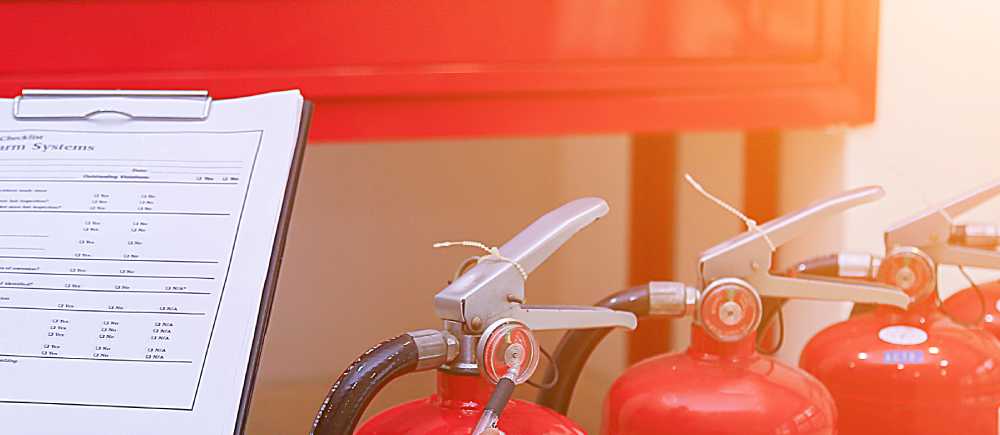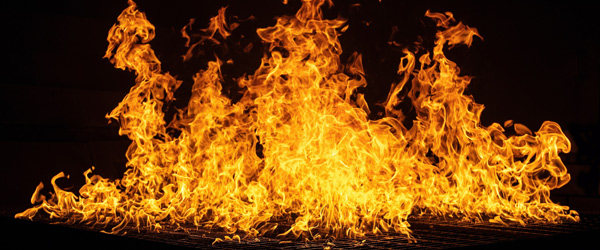Creating A Fire Safety Strategy: Active and Passive Fire Protection
8th Aug 2023

Understanding fire protection measures is crucial for the safety of any premises. Be it home, shops, restaurants, bars, hotels, or factories… when it comes to planning for fire protection, there are two clear categories: active and passive.
Active Fire Protection (AFP) and Passive Fire Protection (PFP) should work together to protect people and their property from the devastation and heartbreak fire can cause. While what they both want to achieve is the same, there are several important differences to consider.
AFP
Active Fire Protection refers to systems that require some level of action or activation in response to a fire. This could be human interaction, such as the use of fire extinguishers, or be automated, like sprinkler systems that burst into action when they detect heat or smoke.
Other equipment under the umbrella of AFP includes fire alarms, smoke detectors and emergency service notification systems. They are active in the sense that they are designed to fight fires once they are happening and therefore "active".
PFP
Passive Fire Protection, on the other hand, refers to the often built-in elements of building design that prevent or slow the spread of fire and smoke.
These “passive” features include fire-resistant walls, floors, and fire doors, as well as fire and smoke barriers.
Passive measures also encompass the use of flame-retardant materials in the construction of the building itself. The term "passive" indicates these systems are always at work, with no need for activation or human intervention.
The combination of AFP and PFP systems in a structure is not just desirable, but essential for comprehensive fire safety.
Passive systems are the first line of defence, working to contain the fire at its origin and prevent its spread. Active systems come next, fighting fire directly while alerting emergency services.
A Winning Combination
Of course, while PFP and AFP are unique in their own ways, they are not mutually exclusive. In fact, a balanced fire safety strategy involves a combination of both. For instance, if a fire breaks out in a section of a building, the PFP measures will at first prevent the fire from spreading, while the AFP measures like sprinkler systems will work towards putting it out.
To choose between active and passive fire protection is clearly unwise; both play essential roles in any fire safety plan. The choice is not one over the other, but rather a well-planned balance of the two, ensuring a well-rounded approach to fire safety. This principle applies whether you're planning the fire safety measures for your home or a large industrial facility.
Summary
Understanding the difference between active and passive fire protection systems helps in making clear and informed decisions about fire safety. Ensuring a mix of both types of systems will provide robust protection against fires safeguarding lives, and property. Remember, a fire-protected environment is not just about reacting when a fire occurs but also about taking proactive measures to prevent it happening in the first place.
Our business is about saving lives and property. Stay safe and make our business, your business! Contact us today!
How One Factory Transformed Fire Safety
If you are looking for more information on fire risk assessments, hidden risks businesses often overlook, and fire safety strategy take a look at our brand new case study.
Learn about the hidden risks, the step-by-step process of a fire safety audit, and how one factory prevented catastrophic loss.




